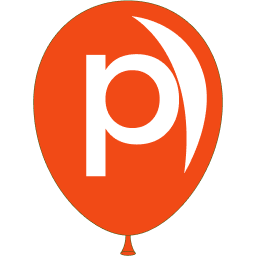What is a Conversion Funnel? Stages and Optimization
The Conversion Funnel is a model in marketing technology that outlines the stages a user passes through—from first hearing about a brand to taking a desired action, like buying or signing up. It’s shaped like a funnel because many enter at the top (awareness), but fewer make it to the bottom (conversion). Understanding it is key to boosting results.
What is a Conversion Funnel?
Typically, it has four stages: awareness (seeing an ad), interest (visiting a site), desire (engaging with a pop-up), and action (converting). Each step narrows the audience as some drop off. For example, a pop-up might grab interest, but only a fraction fill out the form. It’s a framework for tracking and optimizing that journey.
Why It’s Important
The Conversion Funnel pinpoints where users leak out, guiding fixes. If many leave at “desire,” the offer might need work. Tools like Poper map this with analytics—showing how pop-ups move users from interest to action—making it easier to plug gaps and lift conversions.
How to Optimize It
Analyze each stage with metrics like bounce rates or CTR. Strengthen weak spots—simplify forms at “action” or add testimonials at “desire.” Test changes (e.g., pop-up timing) and track progress. The goal is a smoother, shorter path that keeps more users flowing to the end.
Benefits and Challenges
It clarifies user behavior, boosts efficiency, and drives ROI. But funnels vary by business, and oversimplification misses nuances. With data and tweaks, the Conversion Funnel turns prospects into profits.
Read More
Lead Funnel Management
Overseeing and optimizing the stages leads pass through, from awareness to conversion, for efficiency.
Multi-step Campaigns
Sequenced marketing efforts that guide users through multiple touchpoints to build engagement and conversions.
Multi-step User Funnels
Structured pathways dividing a user’s journey into stages, from interest to action, to optimize conversions.
Survey Funnel Logic
Rules guiding users through a series of survey questions to collect insights and drive conversions.
Triggered Conversion Events
User actions, like purchases or sign-ups, that signal a conversion and trigger tracking or responses.
Lead-to-Conversion Pathways
Lead-to-Conversion Pathways are the defined routes or steps a lead takes from initial interest to final conversion, such as a purchase or sign-up.
